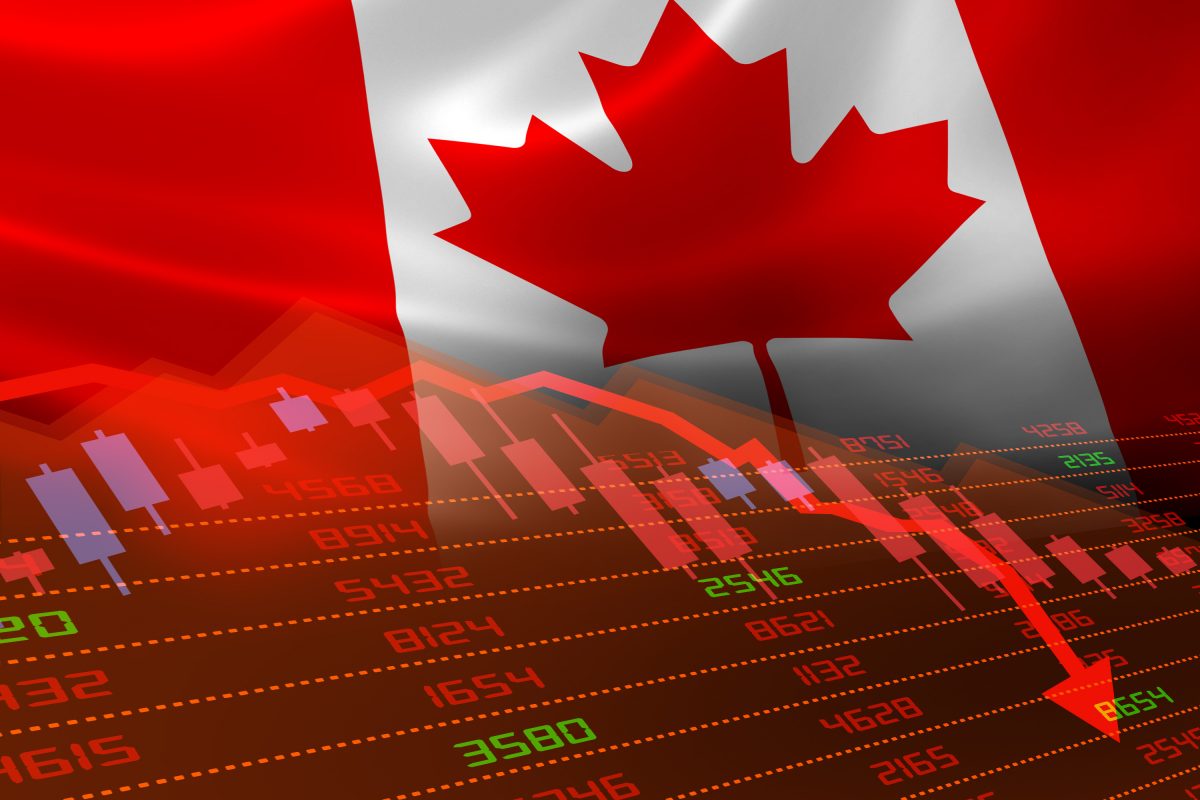On the surface, both the American S&P 500 and Candian TSX, have recovered nicely since the March 2020 crash. While the TSX has made up nearly all of their losses from the crash, the S&P is now up nearly 5% since the start of the year.
However, if investors look more deeply, the recovery since the crash looks more like a narrow ETF, than a broad index. The S&P 500 and the TSX are supposed to be broad indices representing companies in the US and Canada. However, look closely at the indices’ returns and where they are coming from. The results of how narrow they are, are staggering.
If you simply remove the Top-5 best performing names from the S&P-Apple, Amazon, Microsoft, Nvidia, and Facebook- and the Top-5 best performing names from the TSX-Shopify, Barrick, CN Rail, CP Rail, and Wheaton-suddenly, the 2020 recovery doesn’t look so impressive. In fact, the performance of the indices turns substantially worse.
The S&P 500 becomes marginally negative for the year, while the TSX drops deep into correction territory. In fact, Shopify alone is responsible for over 4.5% of the TSX’s returns this year.
Why does this matter? It supports the notion that the market’s recovery from COVID only reflects certain tech stocks that have been able to adapt to the “new normal.” Shopify and Amazon, for example, have largely benefitted from more people staying at home, and the increased need for e-commerce.
While stocks like Shopify are up over 150% this year, look at non-tech Canadian stocks. Financials such as the Royal Bank of Canada (RY) and Toronto-Dominion (TD) are down 13.12% and 22.29% respectively, and energy stocks such as Enbridge (ENB) and TC Energy (TRP) are down 31.35% and 22.35% respectively.
While the recoveries of both the S&P and TSX certainly are impressive after that dreadful March 2020, not everything is always as it seems. Be mindful that the stock market does not always reflect reality and the broader economy.

